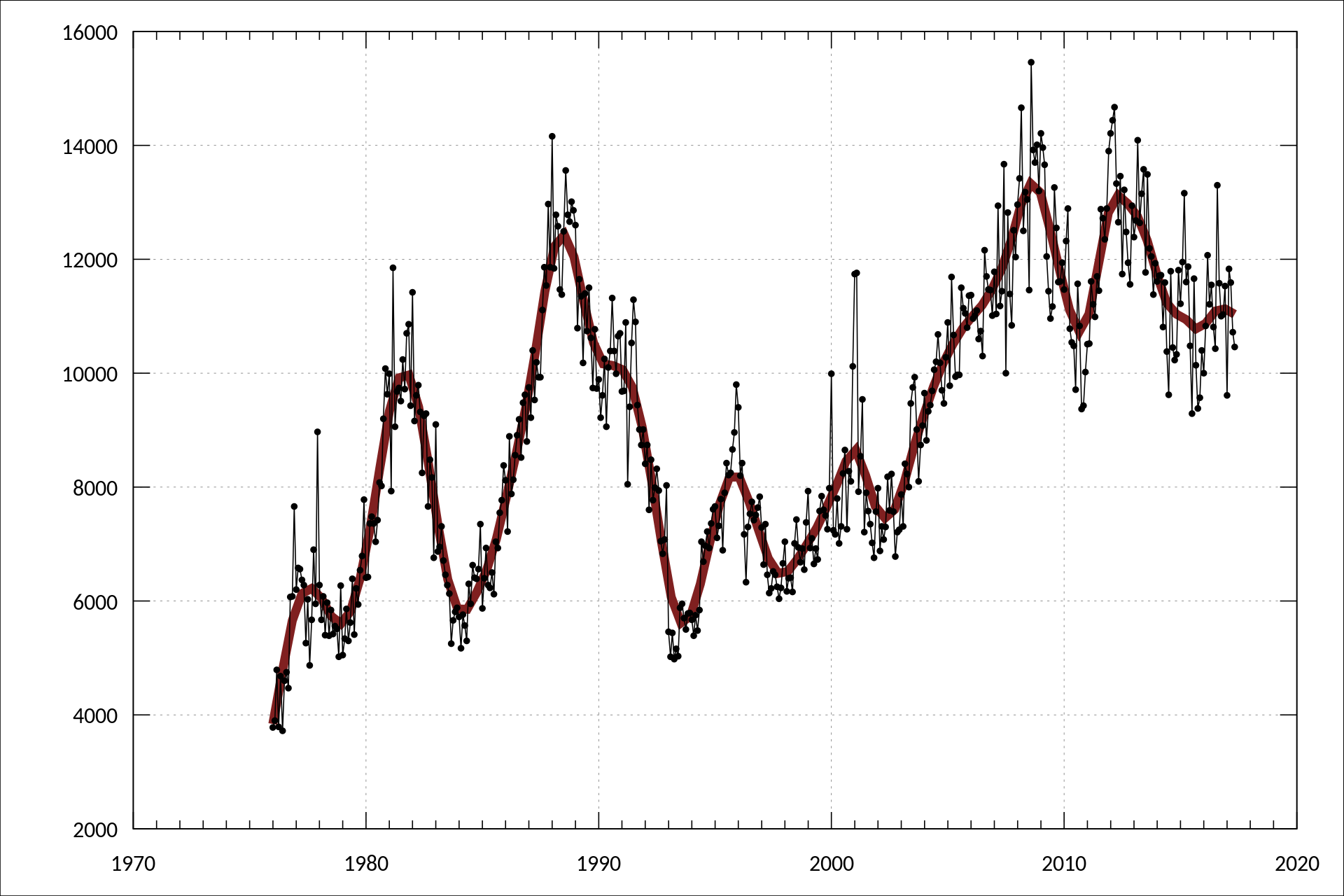- Dec 16, 2010
- 1,382
- 1,715
- AFL Club
- Essendon
- Other Teams
- Liverpool
I think everyone can agree that there is nothing wrong with immigration, or specifically immigrants. We all are essentially, minus Aboriginals.
However Australias immigration rate went bananas in the mid 2000's as a reaction to the GFC and to further maintain our housing ponzi scheme.
Both state and federal governments have been lazy. Planning has been atrocious and now it looks like we are just going to be in catch up mode forever. I think this needs to be key to this thread - no one is blaming immigrants, all the blame goes to the government.
We keep being fed the koolaid from that immigration is important as we have an aging population. But there is a huge problem with this, if 200,000 people are let in now, they will age, and then even more people need to be brought in to fix it again. We also get told it is important for 'growth', however if you rely on immigration for growth, then that is some of the most lazy economic policies ever.
Anyone who also travels to the CBD to work everyday from the suburbs will feel the pain. COngestion on both road and rail is huge, but what will it be like in another 5 to 10 years.
What would you do?
However Australias immigration rate went bananas in the mid 2000's as a reaction to the GFC and to further maintain our housing ponzi scheme.
Both state and federal governments have been lazy. Planning has been atrocious and now it looks like we are just going to be in catch up mode forever. I think this needs to be key to this thread - no one is blaming immigrants, all the blame goes to the government.
We keep being fed the koolaid from that immigration is important as we have an aging population. But there is a huge problem with this, if 200,000 people are let in now, they will age, and then even more people need to be brought in to fix it again. We also get told it is important for 'growth', however if you rely on immigration for growth, then that is some of the most lazy economic policies ever.
Anyone who also travels to the CBD to work everyday from the suburbs will feel the pain. COngestion on both road and rail is huge, but what will it be like in another 5 to 10 years.
What would you do?
Last edited:







